Compostable packaging - all the advantages and disadvantages

All bioplastics - right?
Bio-based plastics
Bio-based plastics are made from renewable raw materials. Corn, starch or cellulose, for example, are used. The proportion of natural materials can be 100 percent, but significantly lower compositions are also possible. A bio-based plastic does not necessarily have to be biodegradable. Bio-PET, for example, is made from Brazilian sugar cane but it cannot be biodegraded.
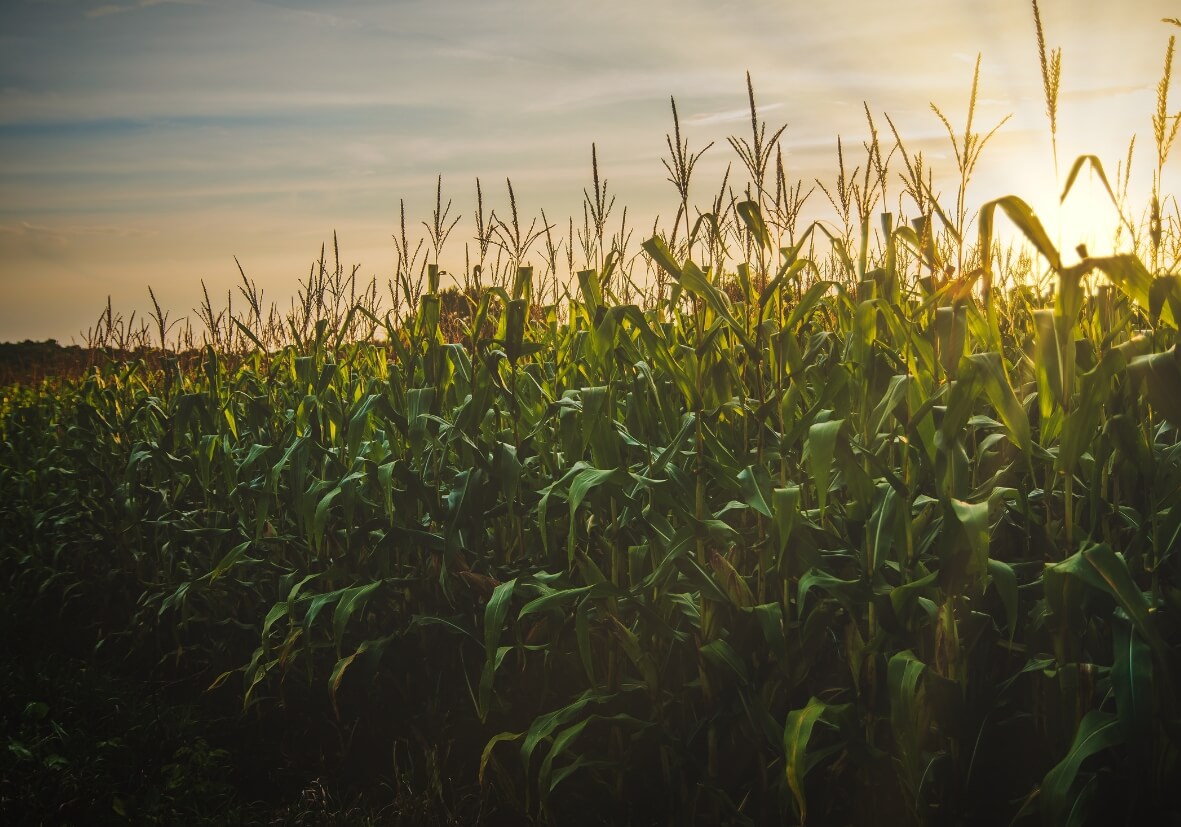
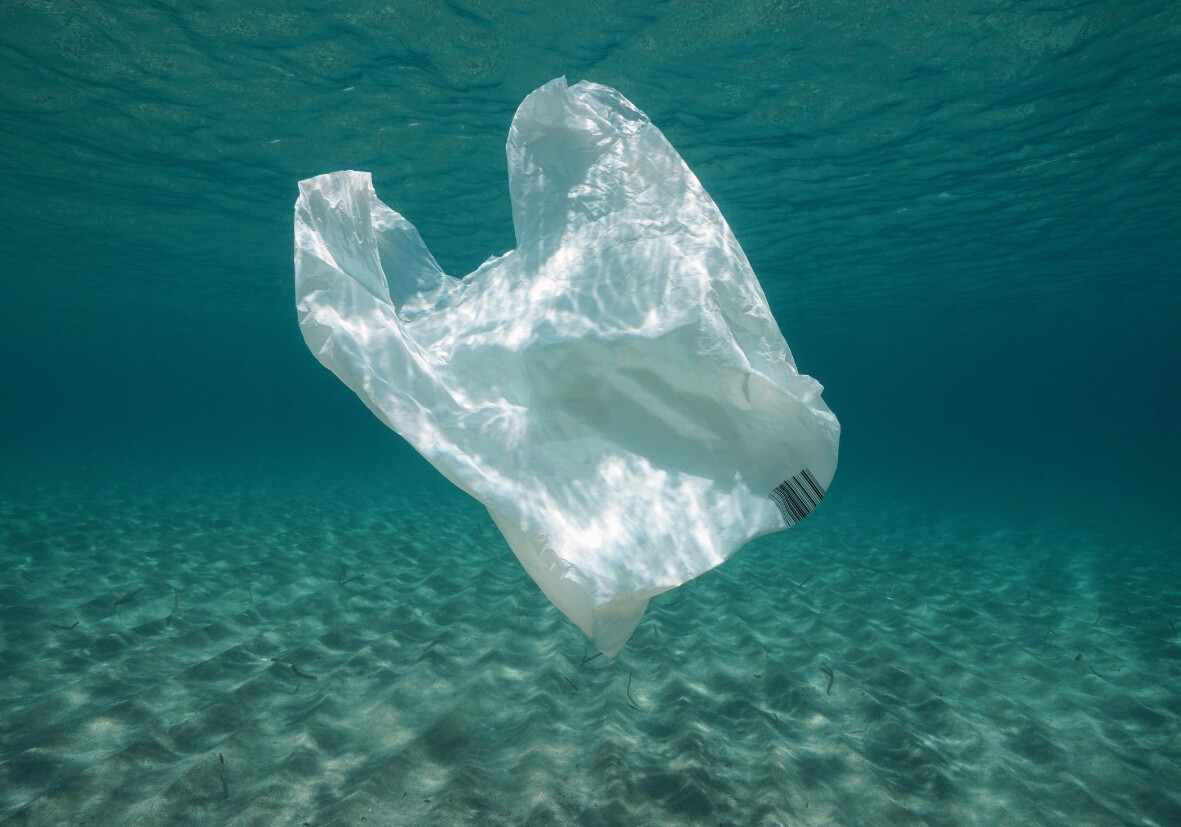
Biodegradable plastics
Biodegradable refers to the disposal of the materials. A plastic may be called biodegradable if it decomposes into water and carbon dioxide within an unspecified time due to biological processes. However, this does not include statements about the production of the plastic: This does not have to be based on biological materials.
Compostable packaging
Now that the terms bio-based and biodegradable have been clarified, the definition of compostable packaging becomes understandable: this refers to materials that decompose within a specified period of time through clearly defined processes and under specific conditions. Accordingly, it is a special form of biodegradable plastic. Mostly compostable packaging is made of polylactic acid (PLA).
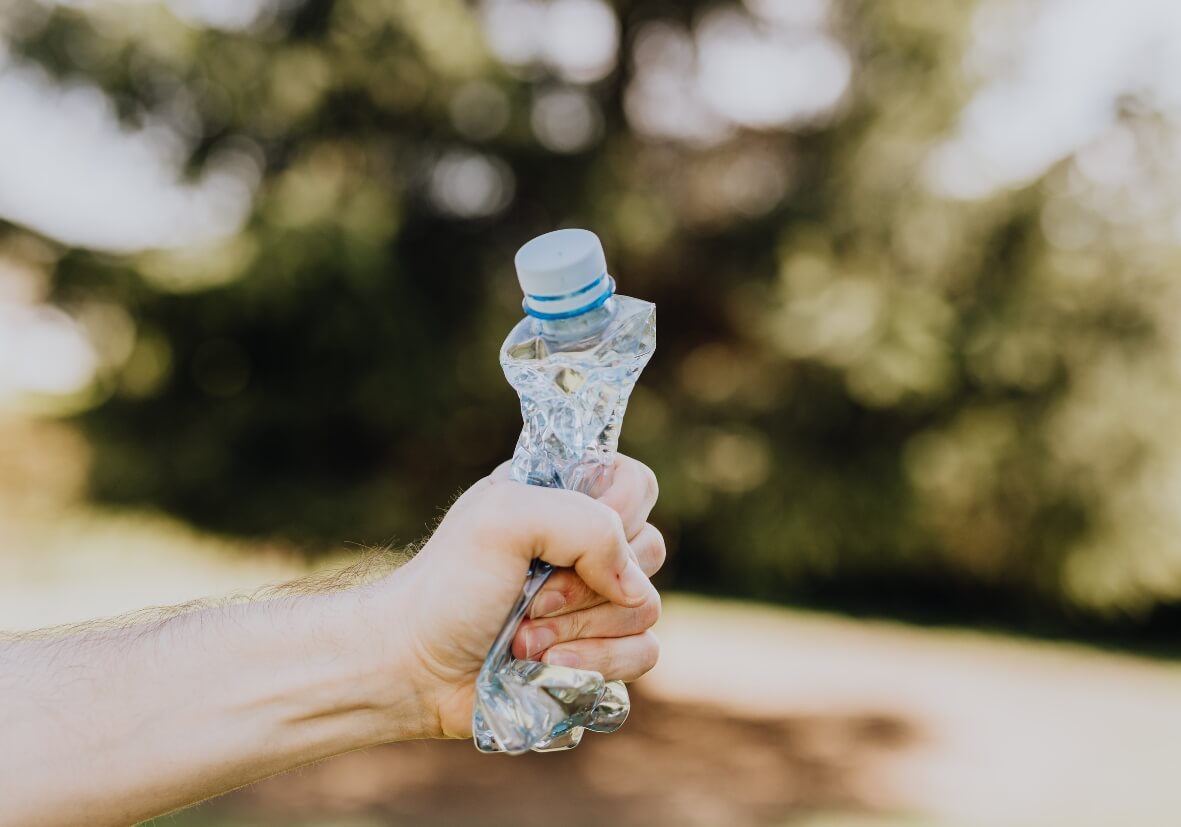
All about compost
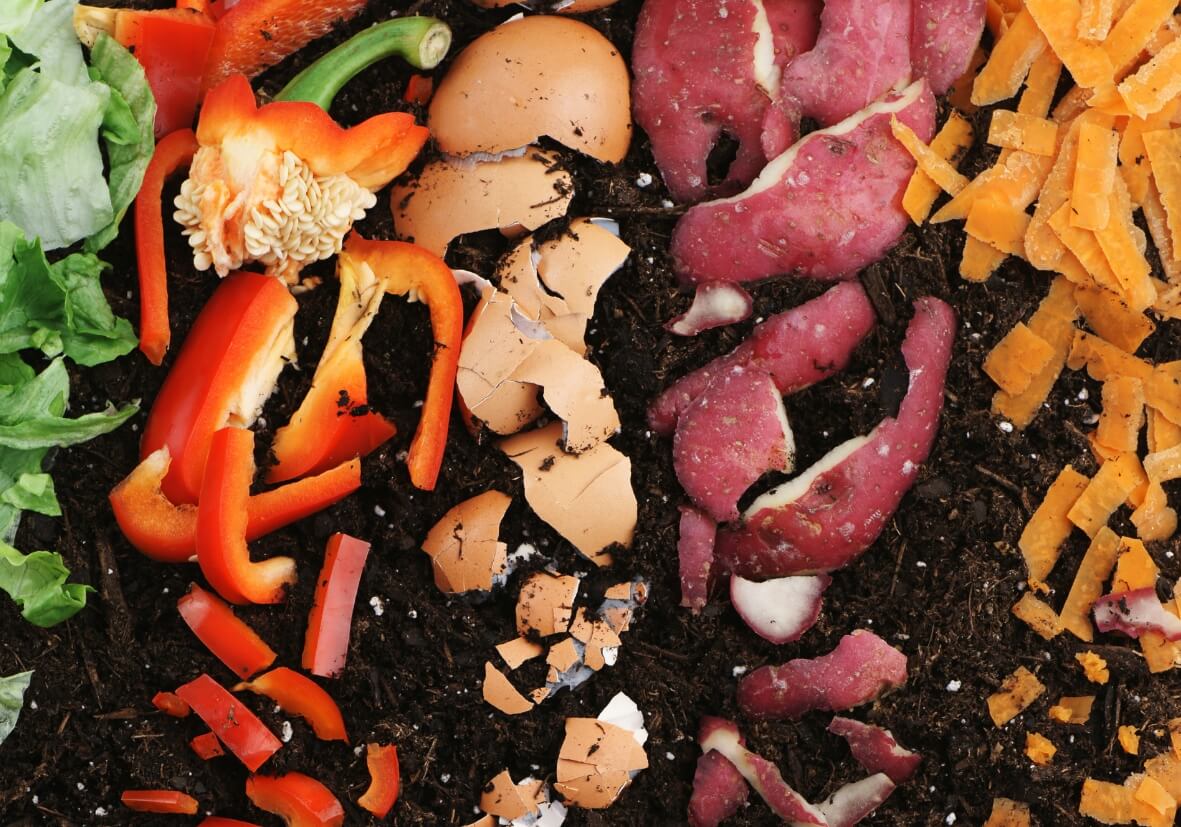
WWhat does compost actually mean?
During composting, biodegradable materials are increasingly decomposed by microorganisms. The humus material that is crucial in this process is excellent as a fertilizer, as it contains many nutrients, and so contributes to the growth of other plants. In a compost - whether in the garden or industrial - one tries to create the most perfect conditions possible for the microorganisms to do their work.
Home composting
Open and closed systems can be used for home composting. In closed systems, very good conditions can be created for the microorganisms, which is why the organic waste also decomposes faster here. To achieve this, regular turning of the contents must ensure that harmful microorganisms - such as mold - have no chance. This is not necessary with open systems, as sufficient ventilation is always provided. On the other hand, the decomposition of the waste is much slower and depends on the weather conditions. All organic waste such as fruit and vegetable leftovers, garden waste or tea bags and coffee filters may be placed on a home compost. Compostable packaging is explicitly not included! However, this point will be discussed in more detail.
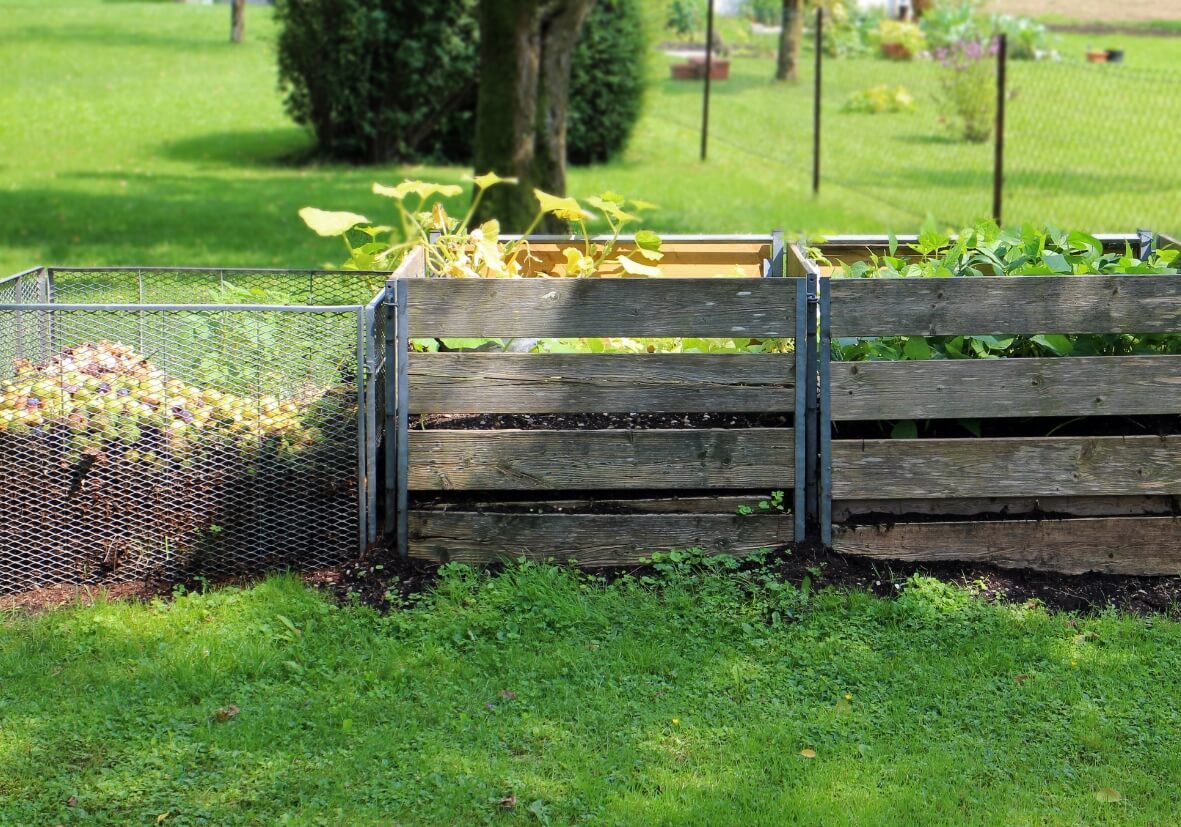
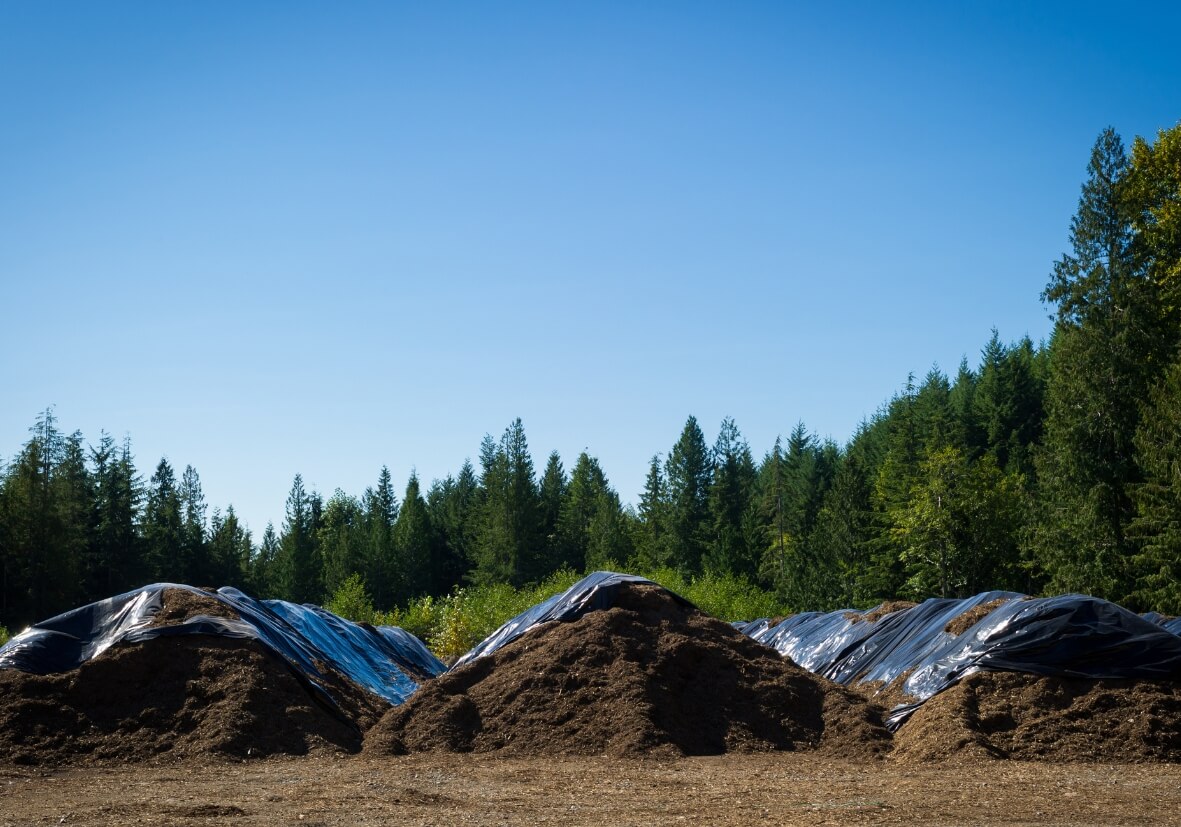
Industrial composting
Industrial composting involves creating the ideal conditions for compostable material to decompose as quickly as possible. This includes controlling the oxygen content and the temperature, which averages 50 degrees or higher. So, unlike home composting, much higher temperatures are achieved, which also affects composting.
The requirements for compostable packaging
In order for packaging to receive the "compostable packaging" label, it must meet several characteristics:
- After 90 days, 90 percent of the packaging must have rotted in an industrial composting facility.
- The composting of the packaging must not have a negative impact on the rest of the composting process. This would be the case, for example, if pollutants were released as a result.
- The composting process must not release any toxic substances.
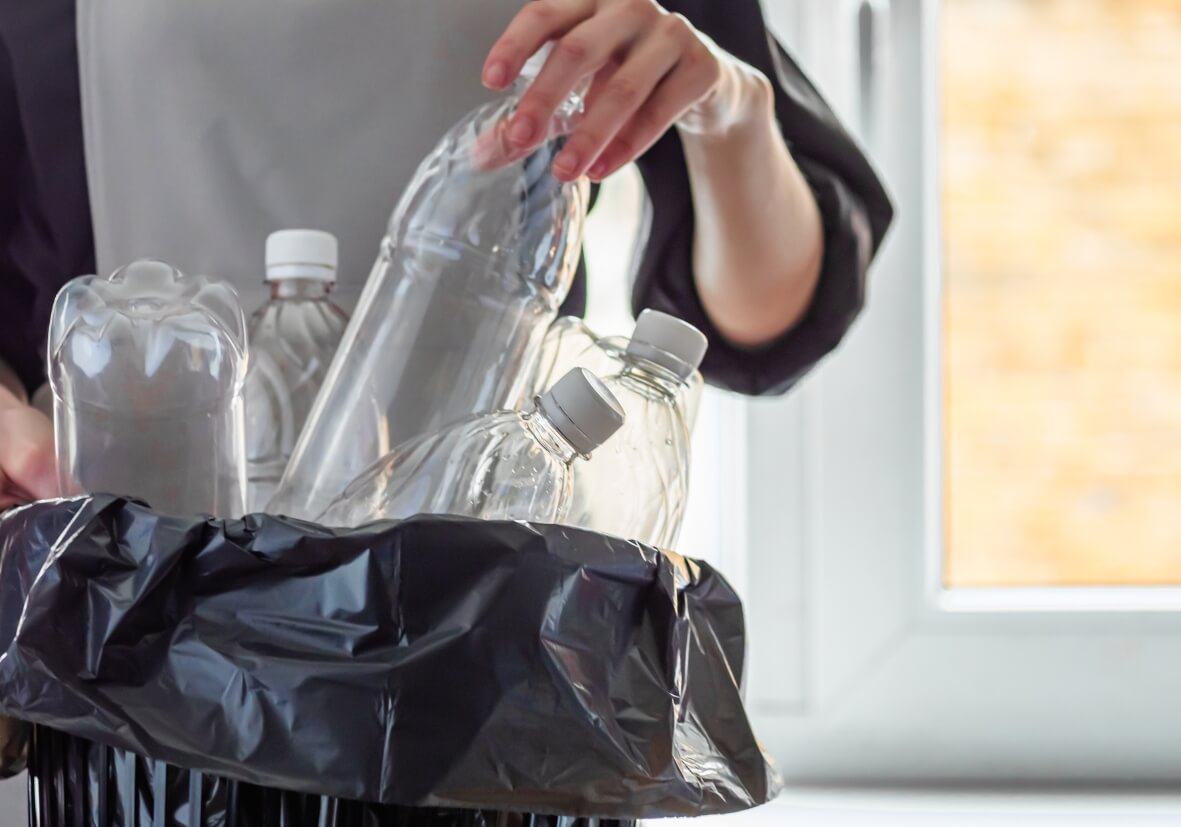
Compostable packaging - the status quo
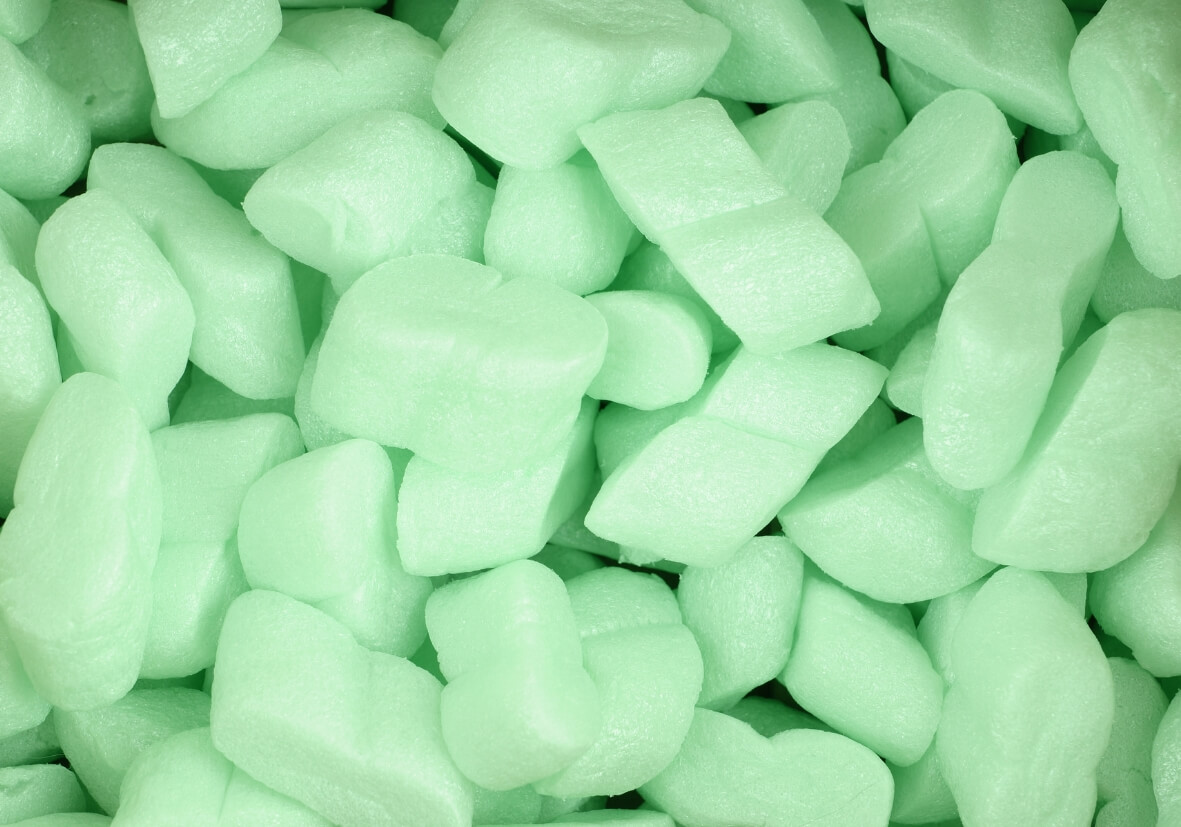
Compostable packaging selection
Compostable packaging is relatively rarely offered in retail stores, but consumers can choose from a wide range of products online. Some suppliers specialize in sustainable packaging, while others see the products as an additional offer for their customers. Some examples of compostable packaging are shipping bags, packaging chips as filling material for boxes, special bubble wrap, food packaging such as cups, bowls, plates or platters, packaging film, labels and CD, DVD or book packaging.
Does compostable packaging always make sense?
To answer this question, you first have to consider what packaging is actually used for. They should
- protect products from external influences and so contribute to a longer service life.
- package products safely and hygienically to eliminate contamination.
- keep liquids away from the product or shield liquid products from the outside.
Compostable packaging makes sense if it has all these properties without any limitations compared to conventional plastic. Otherwise, the products are sustainable, but still not alternatives - after all, a drinking cup that starts to decompose when it comes into contact with liquids would be extremely nonsensical.
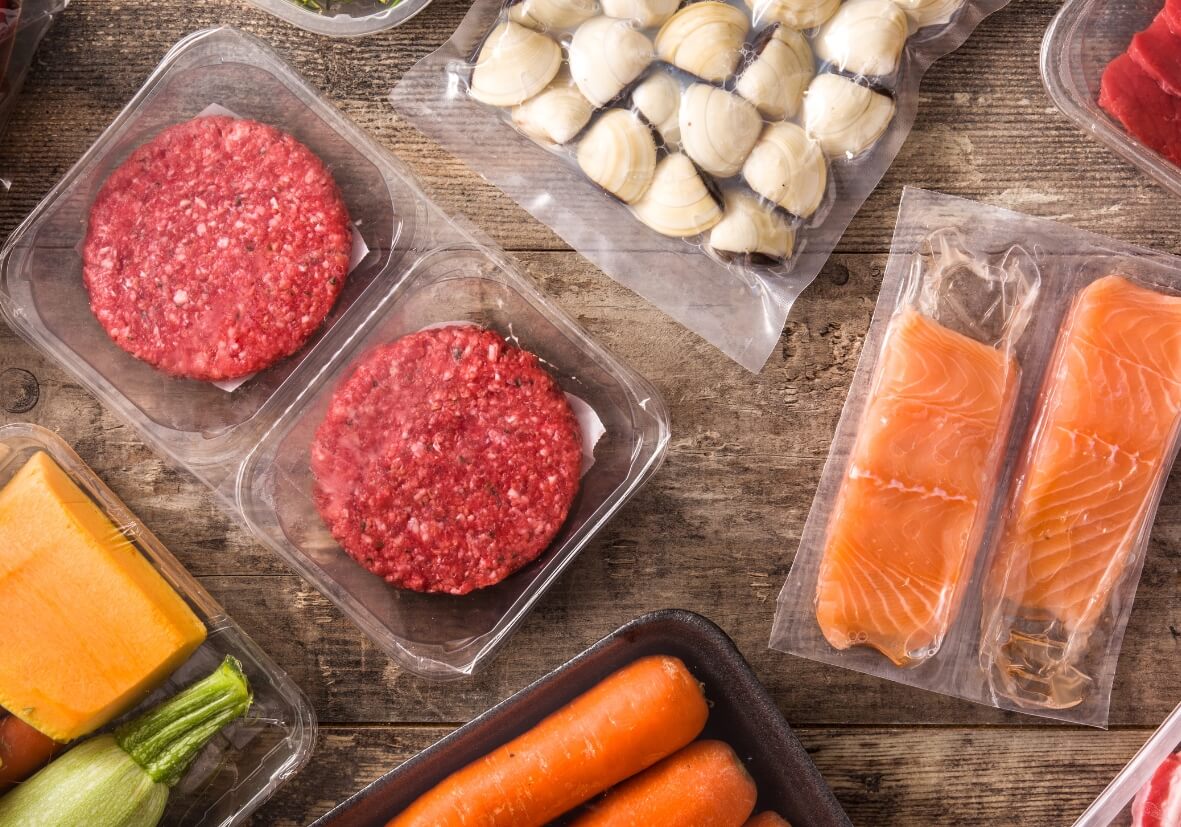



 (1).png)
.png)
.png)
.png)
.png)
 (1).png)
.png)

 (1).png)
.png)
.png)
.png)
.png)
.png)


.png)
.png)



.png)


.png)
.png)
.png)
.png)












.png)


.png)
.png)
.png)
.png)
.png)
.png)
.png)










.png)







.png)
.png)












.png)
















































.png)











.png)

.png)















